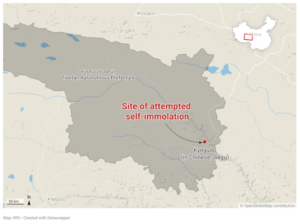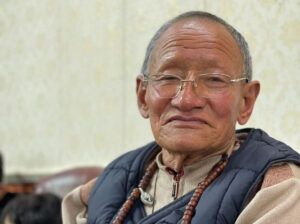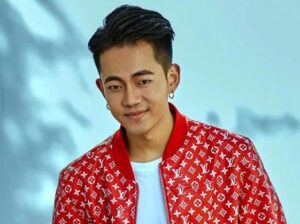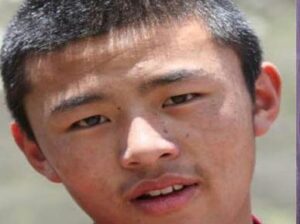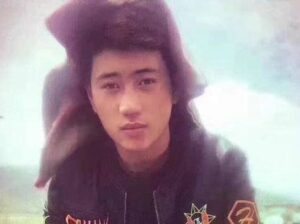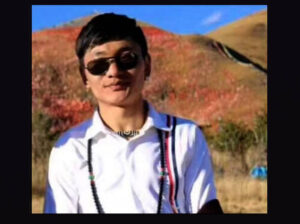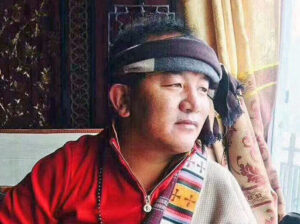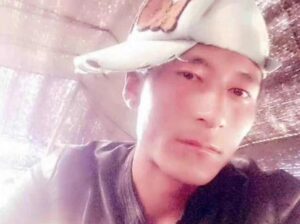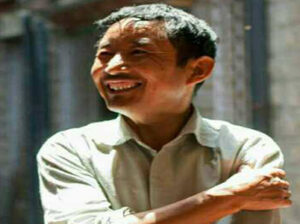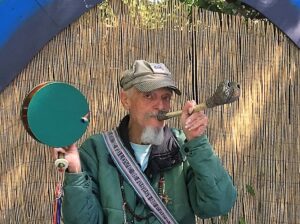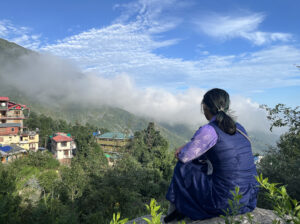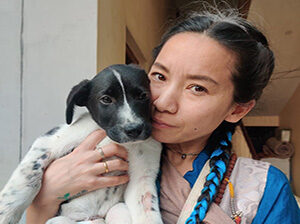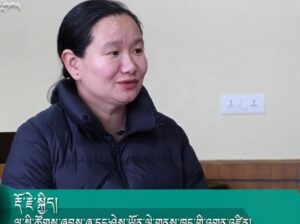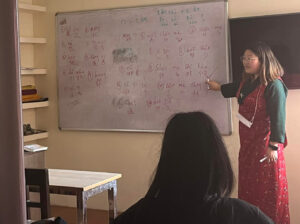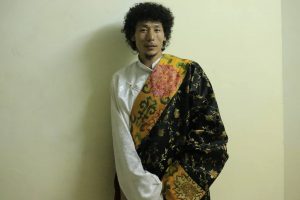
Sonam
There are five Rigpa* in the Tibetan culture, and Sowa-Rigpa is one of them. It is the traditional Tibetan medicine, a complex ancient medical system which incorporates a host of other ancient systems that include traditional Chinese medicine, Indian Ayurvedic medicine and the Unamic-a Perso-Arabic-medical system which has its roots in Ancient Greece. So I’ve learned.
“In Tibetan medicine, we don’t always treat the signs and symptoms of a disease. We may target different parts of the body which are causing imbalance to the whole system resulting in the illness.”
“Both the Chinese and the Indians have been trying to claim it their own, but it’s simply Tibetan. It has its own unique theories and practices,” says the newly qualified Tibetan doctor as-a-matter-of-factly. This personable young man with a trademark head of naturally curly locks, is looking forward to starting an internship with a respected and much-admired Tibetan doctor in the far-flung Indian state of Arunachal Pradesh.
Sitting opposite me and enjoying a slice of pizza, Sonam Tsering recounts the hardships he went through as a young boy, leaving his mother and hometown, Lhasa, to get to Nepal. That perilous journey across the Tibetan Himalayan range in the depths of winter in 1997 with a small group of Tibetans ended in death for two people and a couple of others fallen too ill to continue after a mishap while crossing a rapid. Sonam, with a small group of older refugees, made it to Nepal only to be imprisoned and held for ransom by the police at the Nepali border for a month until the exile Tibetan authorities bought them their freedom. By then, the prisoners were severely malnourished as they were given only small amounts of plain rice daily. Sonam, barely six years old then, had already known hunger, and it was to be a feeling he had to endure frequently well into his teens.
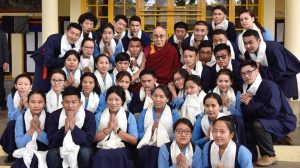
Audience with His Holiness the Dalai Lama for Sonam and his fellow graduates of Mentseekhang
Sonam remembers his school years – class 1 to 10 in Gopalpur Tibetan Children’s Village (TCV) school and high school in Upper TCV in Dharamshala – as times of frequent insatiable hunger. In those early years, the TCV schools had limited resources and food was strictly rationed. School terms were not always easy for Sonam and the few other children born in Tibet as they had to share their meagre food rations – not always voluntarily. During school holidays, when children with family members in India went to live with relatives, they would remain in school. Food was barely enough, and the children would often go scrounging in the dumps, sometimes lucky enough to find some “goodies” to celebrate the Tibetan new year with. However, he remembers a couple of good teachers who inculcated in him the right values and to whom he remains grateful to this day.
Sonam, like many young Tibetans, had no idea what he wanted to be, or what his future would be like. He only knew that he wanted to help others when he grew up. He did well enough to get into Delhi University to read computer science, supported by the TCV Foundation, a major which he thought would help secure jobs easily after graduation. He found computer studies unfulfilling but he stuck with it for a year before taking the plunge to try for the Tibetan medicine course offered at Mentseekang in Dharamshala. He was among 28 candidates selected out of 300 applicants, after taking an entrance examination and undergoing rigorous selection procedures.
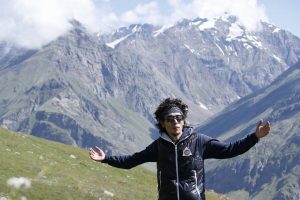 Sonam “breezed” through the seven-year medical course, no mean feat by all accounts, and one which could not have been possible with mere intellect. A lot of passion was needed, and that passion is palpable as we chat about Tibetan medicine and related disciplines such as traditional Chinese medicine, western medicine and human physiology – which I know a little about.
Sonam “breezed” through the seven-year medical course, no mean feat by all accounts, and one which could not have been possible with mere intellect. A lot of passion was needed, and that passion is palpable as we chat about Tibetan medicine and related disciplines such as traditional Chinese medicine, western medicine and human physiology – which I know a little about.
His slight frame belies a confidence about the future, and a conviction to make helping others a life-long goal. This conviction is born of a life of hardship and the help he has received in many ways when he needed it most. He wants to pay tribute to the kindness and love he has received, particularly from TCV school and the students there, and especially to His Holiness the Dalai Lama, for without them he would not have had the educational opportunities to come thus far. And of course, he is always grateful to his parents in Tibet for their love and the sacrifices they made to send him here to seek a better future. The support and love he has received has inspired him with the wish to sponsor or adopt a child in the near future, or helping anyone in need when he becomes financially self-reliant.
“I have no interest in politics,” Sonam says. It may as well be, as he has already found his true calling. “And then, what after the internship?” I ask.
“There are many Tibetan hospitals that I can work in. There are still many things about Tibetan medicine that I have to learn. As long as I can help people, it does not matter where I go.”
* Rigpa is knowledge, or an awareness of, basic knowledge




 Print
Print Email
Email